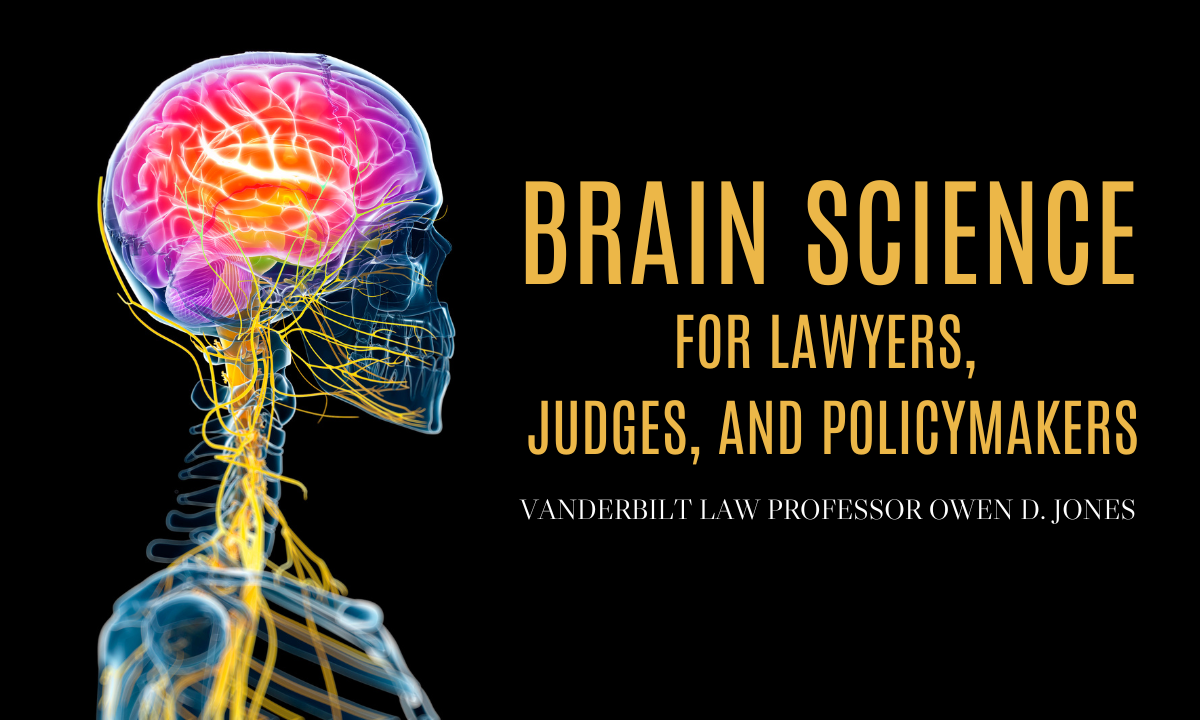For the past 30 years, the National Highway Traffic Safety Administration (NHTSA) has created and maintained programs to fund and train state and local police throughout the U.S. to use high-volume traffic stops as a crime-fighting tool. NHTSA’s embrace of pretextual traffic stops is but one example of an administrative agency using criminal law enforcement over regulatory measures to achieve their goals.
“The Invisible Driver of Policing,” a paper by Farhang Heydari published in the Stanford Law Review, chronicles what started as an attempt to promote traffic safety that evolved quickly into a tactic to ferret out drug traffickers, criminals, and even terrorists, straying far from the agency’s mission to “save lives, prevent injuries and reduce economic costs due to road traffic crashes.”
“NHTSA’s role in promoting the widespread use of pretextual, crime-fighting traffic stops is remarkable both because it has gone largely unexamined and because the agency’s history and mission are so distinct from crime control,” Heydari writes.
Established with the Department of Transportation in 1970, NHTSA initially used its authority to require auto manufacturers to improve vehicle design. Over time, however, judicial and political forces hindered the agency’s forward-looking efforts with automakers, prompting NHTSA to focus its efforts on improving driver behavior. This predominant focus on driver behavior, however, meant NHTSA became increasingly intertwined with state and local law enforcement.
NHTSA’s reliance on police traffic stops came to a head about 30 years ago. In the early 1990s, traffic fatalities were on the rise, along with injury-causing crashes and total crashes. Yet, the political climate dissuaded the agency from a rule-making focus on auto manufacturers. The agency also faced budget cuts, making it increasingly reliant on police. And yet, police attention had turned away from ordinary traffic enforcement to crime-fighting in the wake of a crime spike the late 80s and early 90s. NHTSA needed a way to bring police back into the traffic-enforcement fold.
“It was in this moment—amid a rulemaking freeze, a stagnating budget, increasing road deaths, and a concern that law enforcement might disengage due to rising crime—that NHTSA began to promote the widespread use of traffic stops as a crime-fighting tool,” Heydari writes.
To date, programs funded by NHTSA have trained tens of thousands of police officers across the U.S. to conduct traffic stops as a way to fight crime, numbers that, according to the paper, coincide with “skyrocketing numbers of stops and attendant racial disparities.” At the same time, road deaths that “have spiked to levels not seen in over a decade.” Heydari traces the network of partnerships, publications, research, and training programs that the agency used in the 1990s and 2000s to ingrain in police throughout the U.S. the idea of using traffic stops could simultaneously promote traffic safety and fight crime.
“Rather than limiting our attention to the role of crime-control agencies (e.g., police and prosecutors), we must understand that any agency can make decisions that prove critically influential to the criminal system,” Heydari writes.
Heydari’s paper points to other agencies that have taken similar approaches when faced with enforcement pressure:
- The Federal Drug Administration’s (FDA) initial approval of OxyContin in 1996 precipitated an opioid crisis. When the public pressure to address the skyrocketing rates of abuse and overdoses, the agency shifted its messaging to focus on enforcement against individual abusers, rather than on OxyContin manufacturer Purdue Pharma. Arrests of drug abusers ramped up, but rates of abuse and overdoses continued to climb.
- In the 1990s, Congress empowered the Federal Trade Commission (FTC) to combat the growing problem of identity theft. Rather than focus its authority on companies to adopt more secure information practices, the FTC prioritized training law enforcement, forging partnerships, and building resources to encourage action against perpetrators. This approach failed to stem the tide of identity theft in the U.S., despite a significant jump in the number of prosecutions.
- The Bureau of Alcohol, Firearms, Tobacco and Explosives (ATF) has failed to hold firearms retailers accountable for complying with regulations, opting to issue warnings rather than removing licenses for misconduct like failing to record firearms sales and selling to people barred from owning weapons, including minors and ex-convicts. Instead, the agency has focused its budget and attention on law enforcement operations, resulting in the prosecution of thousands of individuals without staunching the flow of illegal guns in the U.S.
Change is possible, however. As Heydari’s article was in publication, NHTSA announced it was ending funding for the Data-Driven Approaches to Crime and Traffic Safety (DDACTS) program, which has trained thousands of officers on using traffic stops as a crime-fighting tool.
Heydari concludes with a call to continue exploring the connection between regulatory failure and policing “exploration that is vital if we are to understand the systemic drivers of our society’s overreliance on policing and criminalization.”
The Invisible Driver of Policing is published in the Stanford Law Review.


